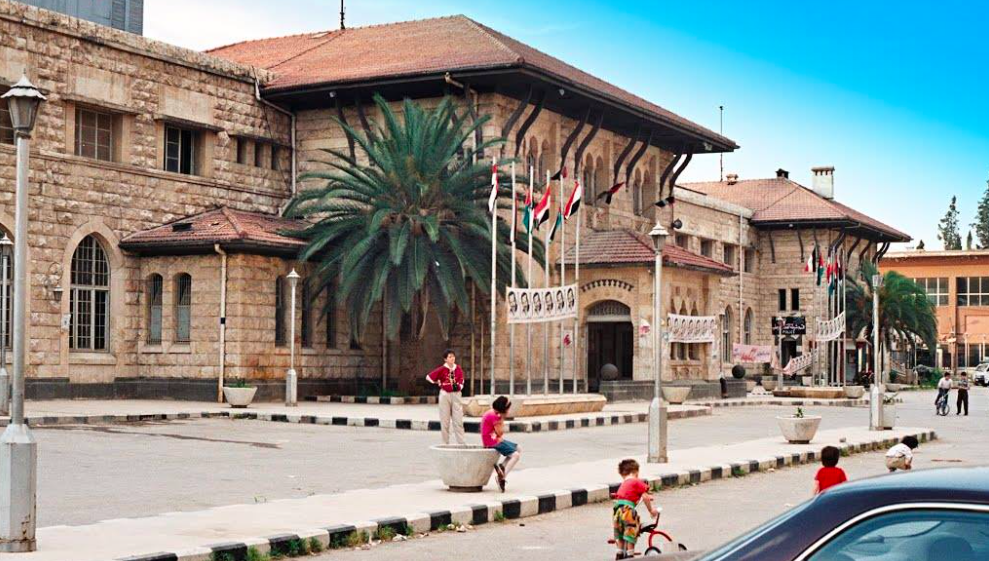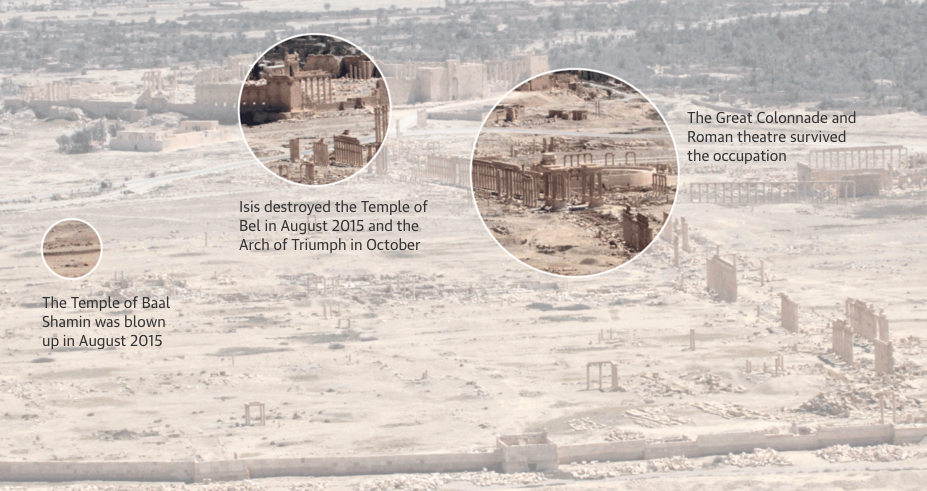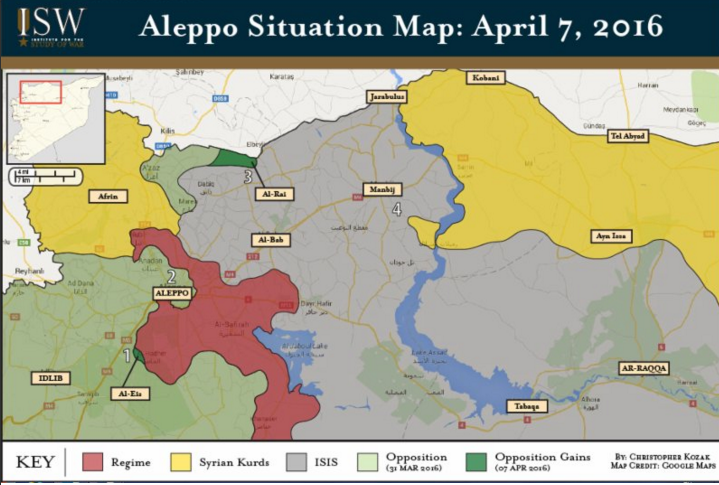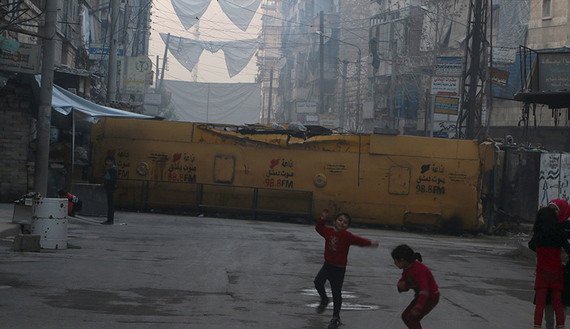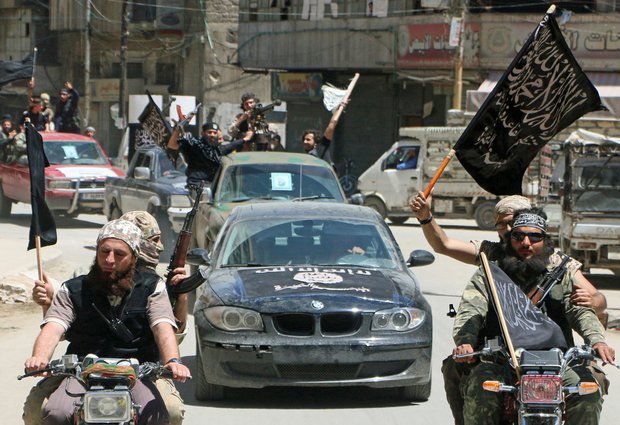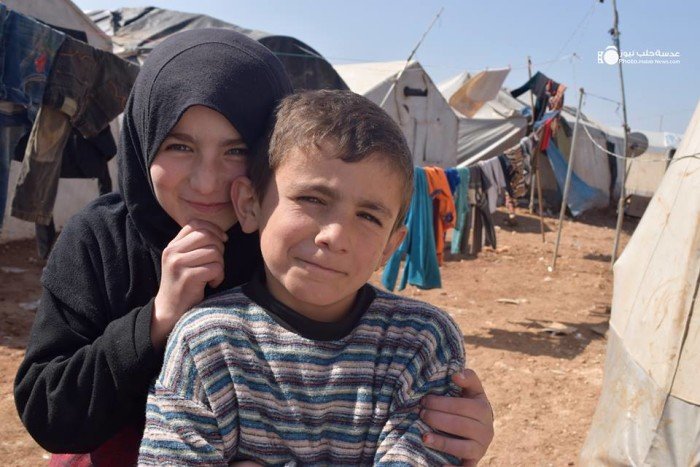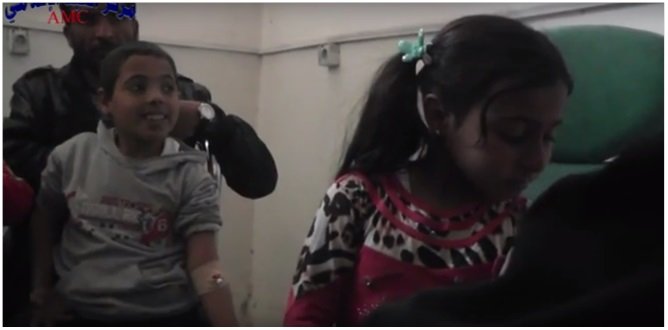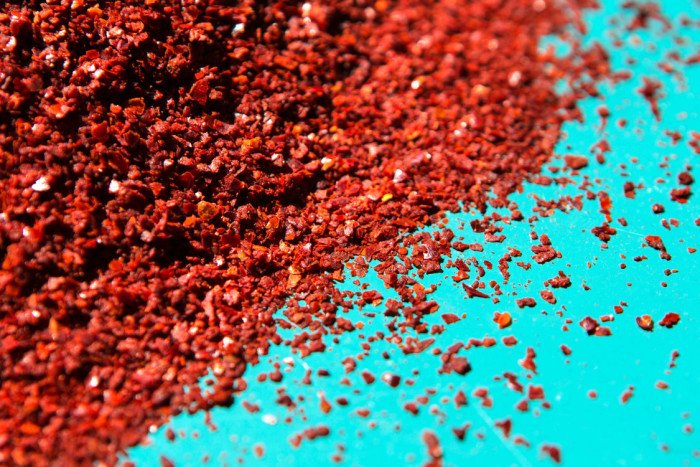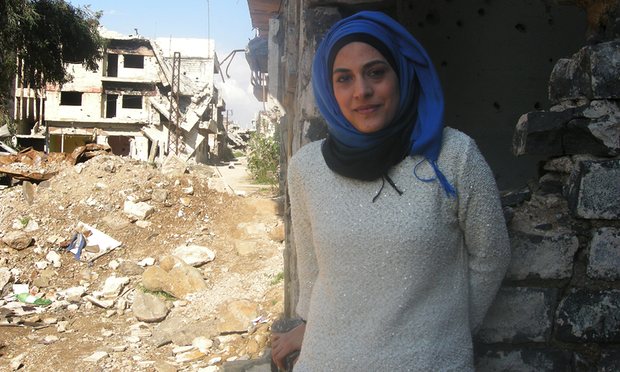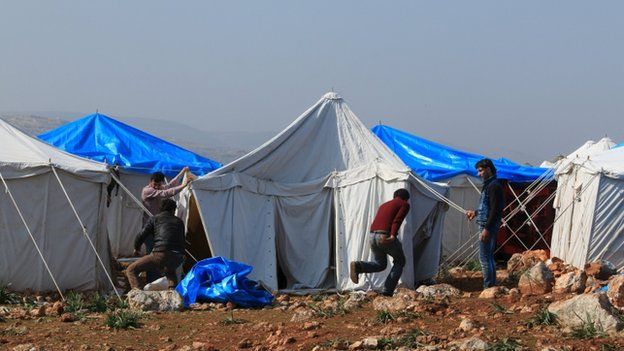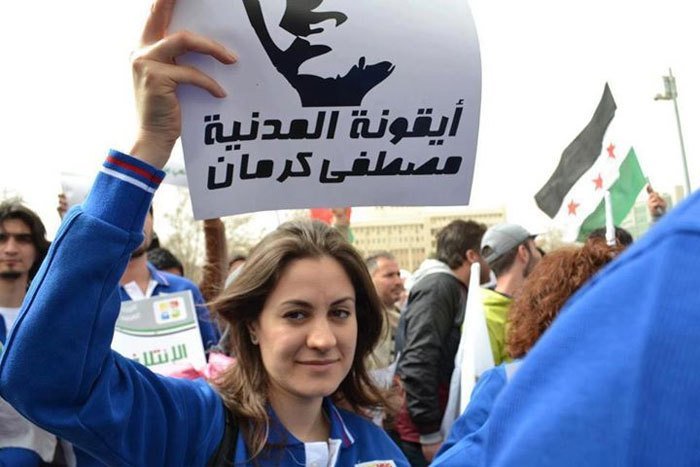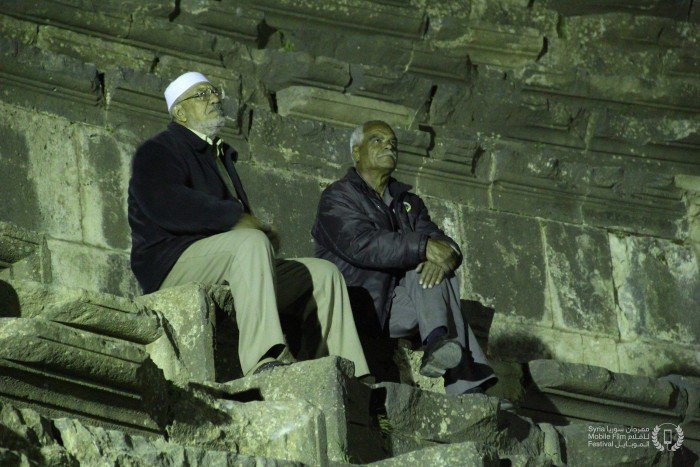In My Beloved Aleppo, Sawsan Ibrahim collects 648 photos of the Old City, downtown and residential districts in central and western Aleppo.
Time’s photo essay Inside War Ravaged Syria features recent photos by Lorenzo Meloni/Magnum Photos.
Palmyra after Isis: a visual guide
The Conflict
“Aleppo Province stands to become the focal point of a new round of violence in the Syrian Civil War even as the Geneva III Talks to end the conflict are scheduled to resume on April 13. Continued violations of an ongoing ‘cessation of hostilities’ by both pro-regime and opposition factions have fueled the largest outbreak of violence in northern Syria since the agreement went into effect on February 27, threatening to drive a wider breakdown of the tenuous ceasefire.” Institute for the Study of War.
“I hope the truce will continue, and I believe all the Syrian people share my wish. We have had enough with all the killing and displacement. However, I am not optimistic about the truce holding.” Mohammed Hakk, 24. Aleppo sees cautious calm amid cease-fire.
In Aleppo City, there were clashes, airstrikes and ground battles around Castello Road, Sheikh Maqsood and industrial areas north of the city. Middle East Eye reported that Nusra is tightening its grip in Aleppo with a “growing presence, weekly parades, and grudging tolerance from other rebels.”
Over the past several days, conflict escalated in Aleppo Province. In the northern countryside, rebels liberated towns along the Turkish border from ISIS as far east as ar-Ra’i. Isis later retook ar-Ra’i. Fighting continues between opposition, including an-Nusra Front, and the government south of Aleppo.
Halab News Network reported that a new survey shows 165,000 IDPs in twelve camps along the Turkish border near Azaz. One hundred thirty thousand people live in formal camps that receive regular aid. Another 35,000 live in informal camps set up by fleeing residents. Infectious skin diseases are rampant because the camps have poor sewage systems and waste water drains into local streams. Efforts are being made to install sewage systems.
Life in the City
Syria Direct reported that the pediatric blood bank cut services because it can no longer afford its $2,500 per month expenses.
Anti-government protests in Aleppo on Friday, April 8.
National Geographic’s ‘The Plate’ explored How Syria’s Famous Aleppo Pepper Might Be Saved.
Syrian Voices
The Guardian interviewed Dr. Marwa al-Sabouni about her upcoming memoir The Battle for Home. Dr. al-Sabouni, who holds a PhD in Islamic architecture and a Master’s degree in architectural design has lived in Homs throughout the conflict with her husband and two children. Her memoir examines the conflict through the lens of architecture, showing how the built environment mirrors the community that inhabits it. When asked about the government retaking Palmyra from ISIS, she said,
“I was concerned for the people there, caught in the crossfire, no doctors to help them. We’ve been hearing terrible things…Do you want me to be honest? I don’t know how I feel about it. I visited Palmyra when I was at school, and even then I saw the electrical wiring around the columns, the new carving of names on ancient stones, the disorganised urbanism, tourism and restoration. It was so neglected. It had no protection, out there in the desert. You could jump on it, climb on it. Take a look at a picture of the so-called museum: the fake ceiling, the metal cage of a door. Part of me thinks it was better that it was destroyed…I understand why the west is emotional about it. But when you are living here, you have a different angle.”
The BBC reported about Syria’s loss of students needed to rebuild its future.
“There was no electricity, and it was often difficult to find water. But we did our best.” Syrian academic on conditions at Aleppo University.”
“My estrangement began when I traveled to Gaziantep in Turkey, when I left everything I knew for the unknown. Fugitive from all my memories and my sufferings, carrying my luggage as if I already knew that I will not come back anytime soon…But soon enough I got used to this new place, especially as the city became a harbor for many Syrians. It was also very close to Syria and made me feel that I can go back or visit at any time…I decided to move to Europe, like many other Syrians had done, and it was then that my second and toughest estrangement began. I did not know what was waiting for me there and no one amongst those who preceded me told me what it means to be a refugee: that my pride would be scratched every step of the way.” Maha Ghrer
The second Syrian Mobile Film Festival took place at the Bosra Amphitheatre in Dar’a Province
Syrians in Turkey
Turkish authorities re-opened the Bab as-Salameh border crossing for Syrians with Turkish residence permits, tickets or visas to travel outside Turkey, or embassy appointments.
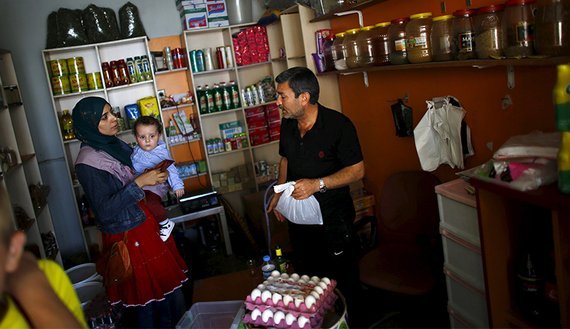
A Syrian woman shops at a market in a low-income neighborhood of Ankara. September2015. Photo: REUTERS/Umit Bektas.
Syria Pulse reported that Syrian refugees have contributed greatly to Turkey’s economy, but economists are not sure how long the boost will last.
On April 10, there was an assassination attempt in downtown Gaziantep on Zaher Sharqat, a religious preacher and TV anchor at Halab News TV. On April 12, Mr. Sharqat died from his wounds. Many believe ISIS is behind the attempt, a chilling reminder of the assassination by two ISIS member last December of journalist and filmmaker Naji Jerf. Haber Turk TV broadcast the attempt.

The Turkish General Directorate of Migration Management published updated numbers of Syrians under temporary protection in Turkey by province. Urfa ranked first with 401,068, followed by Istanbul with 394,556. In total, there are 2,749,140 Syrians registered under temporary protection in Turkey. These figures do not include unregistered Syrians or those with residency permits.
 The Aleppo Project
The Aleppo Project